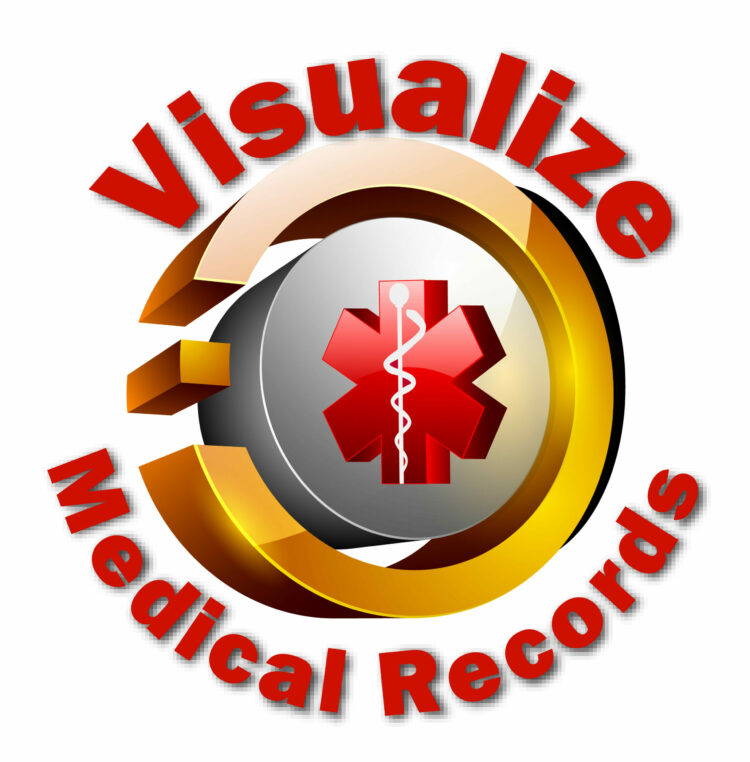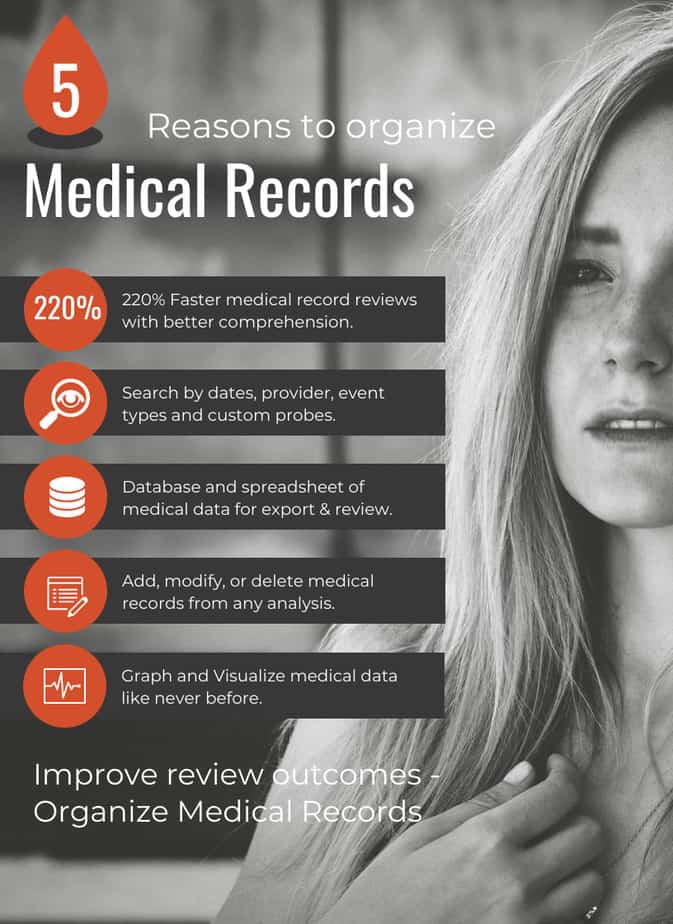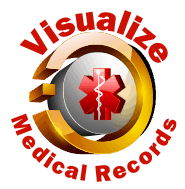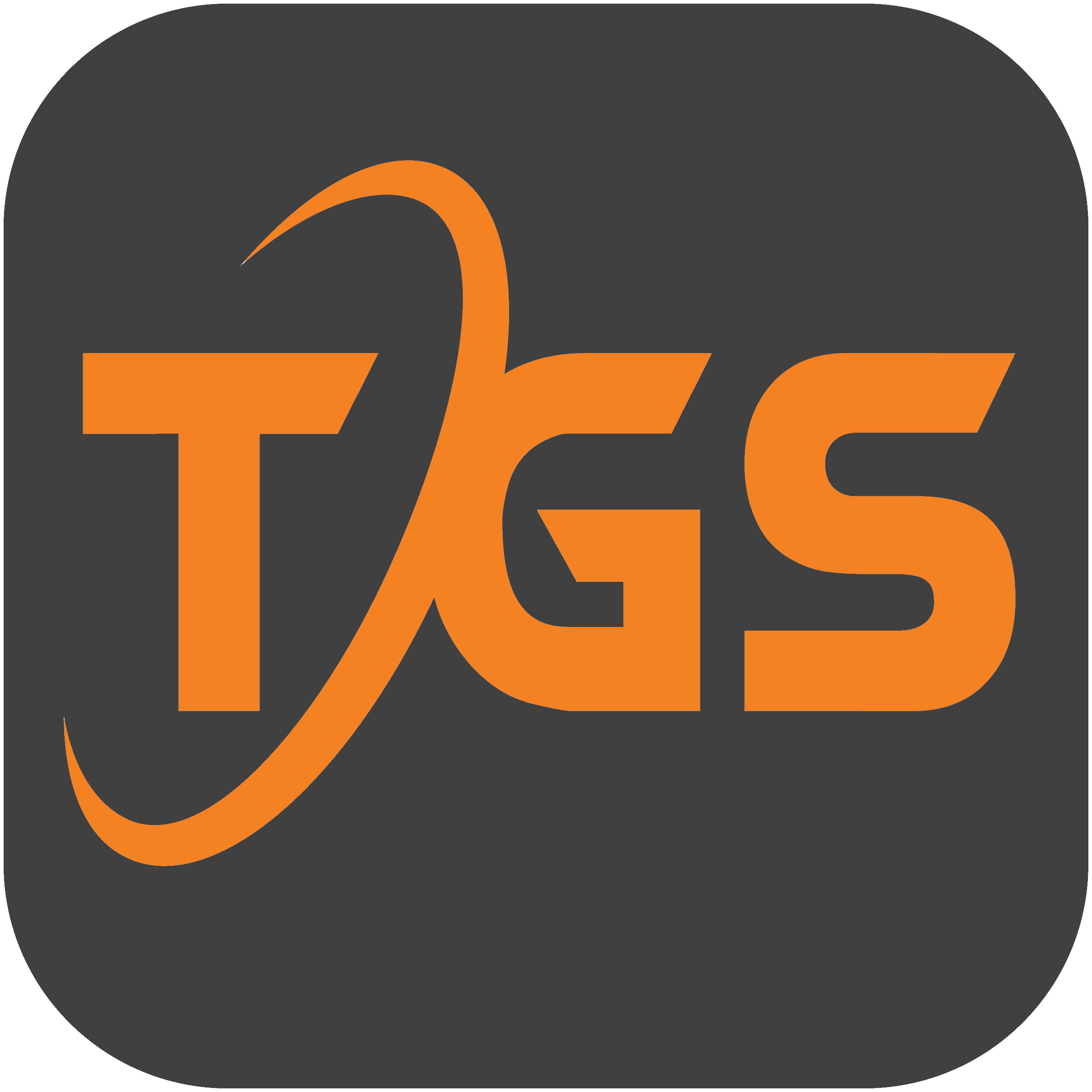Telegenisys Medical Technologies Group Announces Software Assisted Medical Record Reviews Using Visualize Medical Records Ver. 2.01.1
FAIRFIELD, CALIFORNIA, USA, February 8, 2021 – Reviewing medical records for any purpose can expose reviewers and organizations performing the review to risk. Each day over millions of medical reviews are performed by medical professionals, lawyers, researchers, insurance underwriters, and data analysts. Without the help of software, these reviews depend on the expertise of reviewers to keep thousands of pages of medical records from diverse sources in context.
Visualize Medical Records 2 makes review assertions auditable by linking them directly to the medical provider who asserted the conclusion or fact.
To manage review risk, software assisted reviews can help expose data in health records faster and allow a more comprehensive auditable review. VMR (Visualize Medical Records software) does this by organizing the medical record while providing context (time, provider relationships, event types, etc.)
Matrix Indexing Introduced in Ver 2.0
By interlacing context with references from standard data sources like the UMLS (Unified Medical Language System) and NPI providers index among other standards. VMR helps medical review by pointing out where reviewers can find data about specific disease conditions or injury. By exposing AND referencing this data VMR medical database makes it easy for reviewers to reach and substantiate their conclusions and findings.
Medical Records Context
Medical records context is created by isolating and exposing grouped data:
Events timeline
The overview page gives you a quick summary of medical facts.
Every event mentioned in the available medical records is bookmarked and hyperlinked in chronological order. This bookmark typically mimics the rearrangement of records that is commonly called “sorting of records”.
Type of record
This bookmark shows the records based on the type of visit. You can see discharge summaries, outpatient consultations, hospital visits, procedure notes, lab reports, inpatient treatments, nurses notes, and other reports under separate headers all chronologically sorted.
Medical Service Provider
VMR allows the flexibility to review records by reviewing various doctors that have seen the patient. These providers are sorted by their specialty practice. The NPPES NIP registry database verifies the authenticity of the service provider. Every provider that is eligible to bill insurance companies is listed in this government database. You can see how often the patient saw his physician, got a second opinion, changed physicians, or missed appointments.
Medication Lists
Medications prescribed by various specialists are indexed and bookmarked to link to the original pages. All medications mentioned in the medical records are identified and indexed by the related condition. Medications are referenced using RxNorm.
Labs & Radiology
All laboratory reports, histopathologies, results of x-rays, CT scans, MRIs, ultrasound, can be found under this index. This gives a quick preview of the onset of a condition and the diagnostics tests done. This section can highlight how often a follow up was done or missed. This exposes non-compliance of a patient or inadequate testing by the provider.
Disease Conditions (Referenced from ICD 10 groupings)
By selecting a single disease all the details including onset, diagnostics, progression, and treatments are visible. Conditions in ICD-10 are referenced using the UMLS database. Pre- and post-existing conditions, accidents, complaints, diagnoses, laboratory timelines can be accessed at a glance. All mentions of the condition throughout the records set are bookmarked under one heading. This not only gives you the disease status but also the duration of the disease from the earliest recorded date to the latest.
Custom References (Introduced in Version 2.0)
The highlight is the customization based on specific medical terms that a reviewer wishes to see highlighted. This is widely used by clinical research and pharma companies and lawyers applying for claims. One gets to choose specific words that are specific to the case, for example, words like a fracture, plaster, physiotherapy for an ankle injury claim; or various tests like CA, CEA-125, biopsy, for cancer research. Moreover, these words can be changed on request according to the case requirements.
By matrix referencing, VMR provides a more holistic view of medical events so surgeries are visible in the context of diagnostics (labs, radiology, presurgical visits), medications, and associated services like nursing home care, etc.
Visualize Medical Records 2.01.1 (VMR 2) takes matrix indexing to the next level by injecting timeline, document types, and associated metadata into disease referencing. This allows reviewers to see disease progression by tracking how references under a specific disease change over time.
The final product of the VMR is a unified PDF document that has all the original medical records. In addition VMR package includes the structured data for those that prefer a database or spreadsheet. These records are hyperlinked, indexed, and bookmarked in order of chronology by both date and time. The presentation includes indexing by providers, diseases, medications, and customized terms. The original records are not rearranged to maintain the integrity of the records obtained from the providing facility.
VMR2.0 Creates An Exportable Medical Database
For some as medical data accumulates, it becomes less usable. VMR2.0 creates a meta-data database of medical records so companies can deploy big data to their medical record reviews. They can examine their entire database for medical conditions, treatments, and track outcomes as the database is easily updated.
Group medical informatics module
VMR1 introduced in 2019 performed very valuable functions for our clients by:
- Unifying all medical information from diverse sources into one file
- Analyzing the medical data to create organized indexes that were used for bookmarks, printed indexes, and overviews
- Deep probing medical data for symptomatology for our medical clients
VMR2 significantly expands effort to help medical reviews by adding use case reports like:
- Multiple opinions from providers who share the same specialty (useful in medical malpractice reviews)
- Treatment gaps report with user controls to examine the record for missing medical reports
- Expanded lab referencing so extraction teams can extract lab values over a timespan.
- Use Case referencing from MDS3.0 for Nursing Care, several ratable conditions, and comorbidities databases for insurance and longevity assessments.
VMR2 incorporates MS Office tools into the medical data ecosystem so data can be transparently used from pdf files to databases, spreadsheets, and presentation documents. VMR2 now offers unparalleled medical analytics no matter what the source of medical records.
The focus of Visualize medical records (VMR) is a complete overhaul of the process of reviewing medical records. The time required to review the medical records is reduced by 40% due to ease of access to the original records. The time to organize the records is 1/4th the time spent on a manual process.
“Typically, one of our team members would spend a week sorting and summarizing 5000 pages, but today they can do this within 1-2 days,” says Mark Merani, CEO. “Our aim was to reduce clerical work of sorting medical records and focus on the actual work of reviewing them.”
About VMR
What sets VMR apart from the regular methods of medical records’ review?
VMR has been developed over the last two years to organize and index thousands of medical records into a readable format. VMR converts a jumbled assortment of medical records in pdf formats into an understandable organized medical chronology. The unsorted medley of thousands of pages of medical records from various sources, from providers of different taxonomies, from different time frames, for a single patient is a challenge to organize manually. It is difficult to see second opinions and alternative treatments of a particular condition when the order skips dates by months and sometimes even years. Besides the rearrangement messes with the integrity of the original records that may be needed to use as exhibits in a legal scenario.
The structured data facilitates analysis and comparison of multiple cases most commonly used by clinical research companies and tort lawyers. These observations can be reviewed graphically in excel, csv, or json formats. You can use a filter and view all data in a single view. Every entry in the structured data is hyperlinked to the original record for detailed review. The use of hhs.gov databases and the structured data chronologies present medical information with unquestioned authority and clarity. This structured data allows clients to use, update, and evaluate medical facts with this software.
The organized record is available electronically and stored in a secure cloud storage provided by Telegenisys, and can be accessed via any device at any location easily.
The VMR is actively used by Telegenisys Inc. in their own business of summarization and record organization and has significantly improved the productivity of medical summary operation.
Company
Telegenisys Medical Technologies Group is a division of Telegenisys Inc. a Delaware company with primary offices in Fairfield, California. The group operates on two continents with a second office in Pune, India. This group has worked with medical records for over 15 years. The primary purpose of the technology group is to develop simpler ways to understand and measure medical outcomes so that users can make better decisions
Contact Information:
Mark Merani, CEO
Telegenisys Inc.
(844) 903-0777


 Telegenisys managers host moderated press releases with updates weekly or more often. We hope you will enjoy news streams.
Telegenisys managers host moderated press releases with updates weekly or more often. We hope you will enjoy news streams. 














